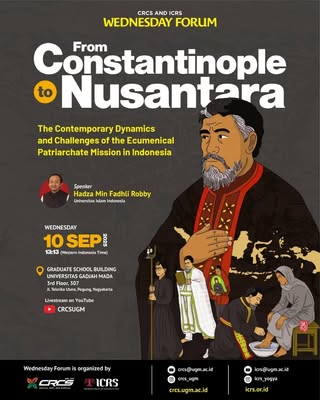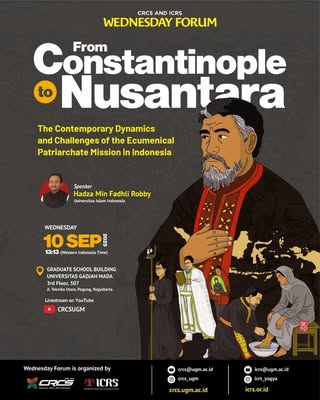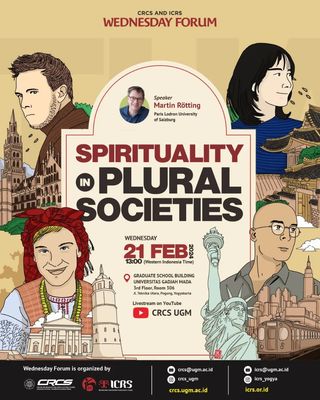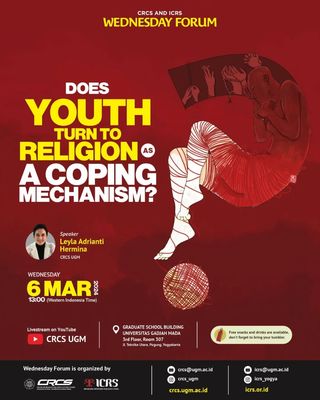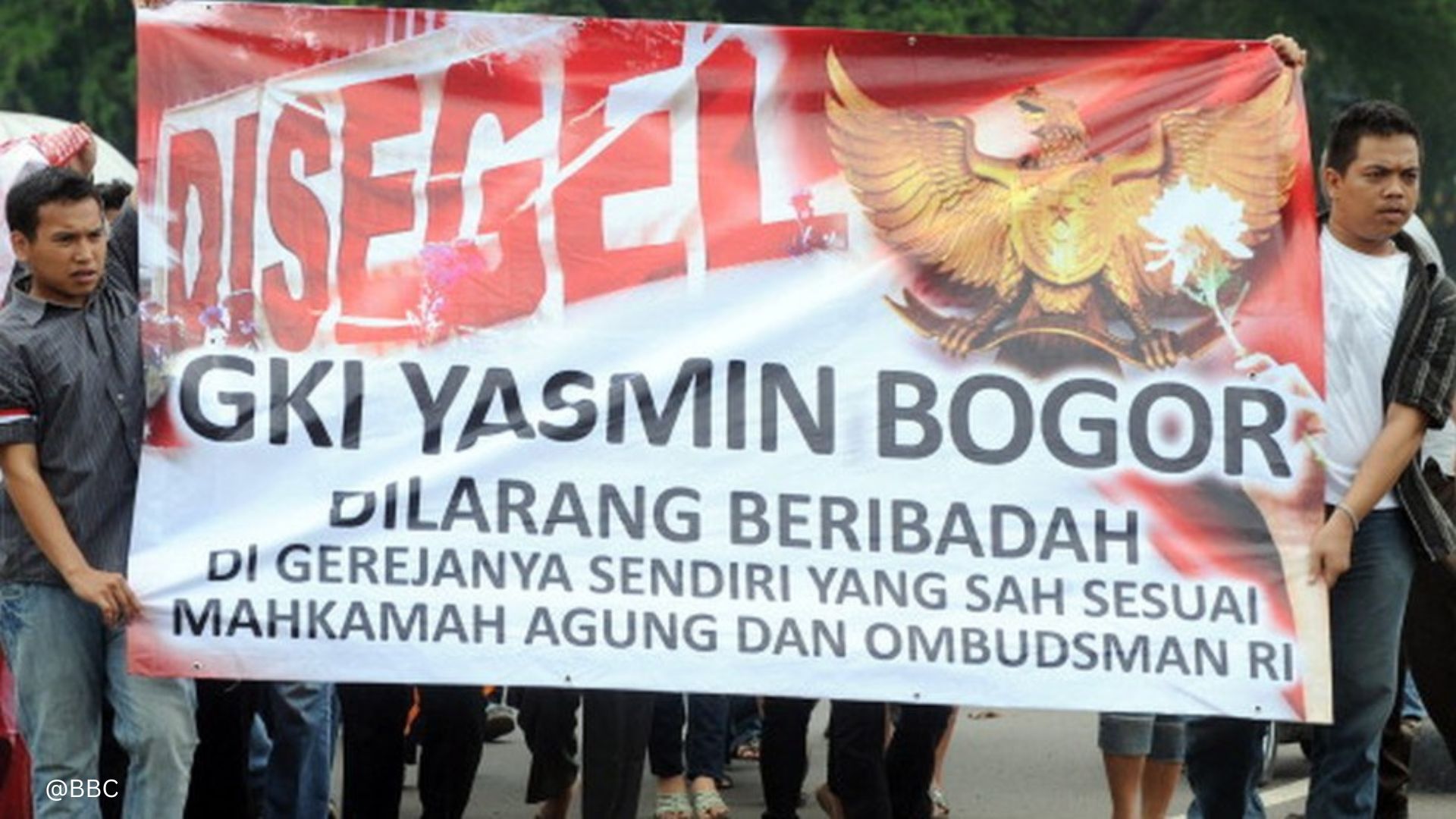
Athanasia Safitri
Sekber Koalisi Advokasi KBB holds a monthly virtual discussion with the May topic on approaches in dealing with violence against freedom of religion and belief (FoRB). The focus was a case study on conflicts arising from the Gereja Kristen Indonesia Yasmin building in Bogor between 2006 and 2023. A chapter in the book Mengelola Konflik, Memajukan Kebebasan Beragama (Managing Conflict, Promoting Religious Freedom) written by Husni Mubarok and Zainal Abidin Bagir, covers this issue.
The book aims to show approaches in managing conflicts which appear post-violence on FoRB. The steps in advocating for these cases may include addressing misleading narration, provocation, and heated arguments which can lead to further violence. The protests from the locals of the GKI Yasmin church building resulted in 17 years of conflict before the regional government as the mediator appointed an area outside the perimeter as the new church site. However, the decision triggered further tension and a debate that FoRB is as yet unrealized following the relocation. Instead, the needs of the violated are being ignored.
The discussion was preceded with a presentation by Mubarok who argues that there are several approaches to conflict management of FoRB-related violence. Rev. Elga Sarapung of Interfidei continued by stating that the GKI Yasmin case proves the fulfilment of the rights of religious freedom must meet the needs of each party involved, especially those who are directly affected, not only based on suggestions from mediators or facilitators. The third presenter, Hasbulloh of Forum Kerukunan Umat Beragama Kota Bogor, criticised the term relocation of GKI Yasmin and emphasised it as a means of facilitation. Furthermore, he suggests that the type of conflict transformation of the case can be used as a model for other conflicts on FoRB.
Approaches to Advocacy on FoRB
FoRB is clearly a promotion of religious rights which connect to other rights, both basic rights and specific ones such as freedom of expression. Forb violations usually involve complex factors. Therefore, the management of conflicts must be tailored to each case, including the views from law enforcement, courts, and multidimensional interests such as social politics, culture, and economics. A rights-based approach alone cannot solve the problem, nor can a cooperation strategy in an interest-based approach. It must be also accompanied with a good understanding of the state and non-state actors involved in the conflict.
Another approach is viewing the strategy with a consideration as to whether it requires resistance or engagement. To suppress violence related to FoRB issues may not be enough if it is not supported by collaboration for training or negotiation on the regulations. The next step to dealing with conflict is determining whether it is best done using conflict management, resolution, or transformation methodologies, all of which can be paired or combined to advocate for resolutions through a series of mediations.
What is successful advocacy on FoRB?
The discussion leaves questions on how we measure the success of advocacy on FoRB. Three speakers problematized that the conflict in GKI Yasmin is not fully resolved, yet it serves as a lesson for future religious conflicts. Points to be considered consist of the urgency in taking action as soon as there is a potential conflict or violence against FoRB. A combination of strategies in resistance and engagement must encourage the establishment of better regulations related to places of worship which fulfil the rights of religion and belief for all.
Following that, government actions and religious tolerance need to be enforced to ensure that FoRB along with conflict management can be implemented in different contexts and stages. Seen from a broader context of FoRB promotion, various strategies must be well understood and suitably applied in more diverse ways without jeopardising one particular religious group or tradition.





